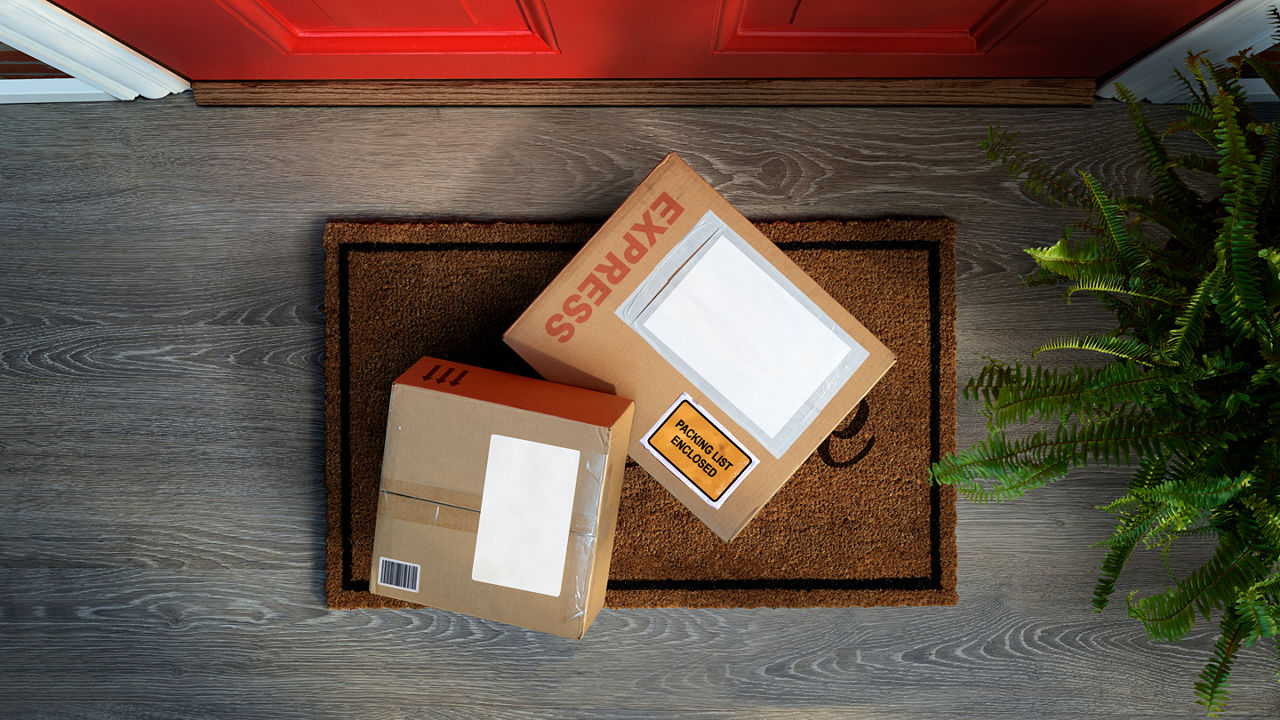Everyone knows the feeling of waiting for a package, tracking it obsessively, and finally seeing it marked as “delivered” — only to open the door and find nothing there. Maybe it was stolen, maybe it was delivered to the wrong address, or maybe it’s just sitting in some undisclosed location, leaving you to deal with customer service frustration.
For many shoppers, this experience has become all too common, and it’s changing the way they think about shipping. According to a new study by UPS Capital, 43% of consumers now prioritize package safety over free or two-day shipping. This shift means retailers must rethink their delivery strategies to keep up with customer expectations.

Fast Isn’t Always Best—Security Matters More
For years, retailers focused on speed, pushing faster and faster delivery times as the ultimate selling point. But shoppers are realizing that speed doesn’t matter if their package never makes it to them safely.
Survey data highlights this shift:
- 50% of consumers want guaranteed shipping insurance to protect against lost, stolen, or damaged items.
- 84% of shoppers prefer retailers that offer personalized shipping options, such as picking a delivery date, adding insurance, and real-time tracking.
- 75% of consumers say their biggest frustration with last-mile delivery is late, missed, or unsafe package drop-offs.
The message is clear, shoppers want reliability and security more than speed.
The Real Cost of a Bad Delivery Experience
A poor delivery experience isn’t just an inconvenience—it can directly impact customer loyalty. When a package goes missing or arrives damaged, it’s not just a single transaction at risk; it’s the entire relationship between the customer and the retailer.
Retailers risk:
- Cart abandonment – If shipping options don’t provide security, shoppers may not complete their purchase.
- Negative reviews – One bad delivery can lead to lasting damage to a brand’s reputation.
- Lost customers – Shoppers who experience delivery issues are less likely to return. In fact, an earlier report showed that 74% of merchants acknowledge that delivery issues had a strong impact on their ability to retain customers.
Shoppers are no longer willing to gamble with their orders. They want retailers to provide shipping security from checkout to doorstep.
The Next Big eCommerce Trend? Guaranteed Shipping Insurance
One of the biggest takeaways from the survey? Half of consumers expect retailers to provide shipping insurance. Offering guaranteed protection isn’t just a perk anymore—it’s becoming an expectation.
By integrating shipping protection services like InsureShield, retailers can:
- Provide full-value reimbursement for lost, stolen, or damaged shipments.
- Offer real-time tracking and updates, reducing customer anxiety.
- Boost customer confidence, leading to repeat purchases and brand loyalty.
Retailers: You Only Get One Shot at a First Impression
In today’s eCommerce landscape, customers expect more than just fast shipping—they expect safe and secure delivery. Retailers who fail to meet this demand risk losing out to competitors who do.
Here’s how businesses can adapt:
- Give customers control – Let them choose delivery dates, add insurance, and track shipments in real time.
- Prioritize package protection – A lost or stolen package shouldn’t be the customer’s problem—retailers must offer guaranteed solutions.
- Improve last-mile delivery – Ensuring safe, accurate deliveries will build trust and long-term loyalty.
At the end of the day, shipping isn’t just about getting packages from Point A to Point B—it’s about making sure customers receive what they paid for, when they expect it, in the condition they expect it. That’s the new standard.
See the full survey results and insights.